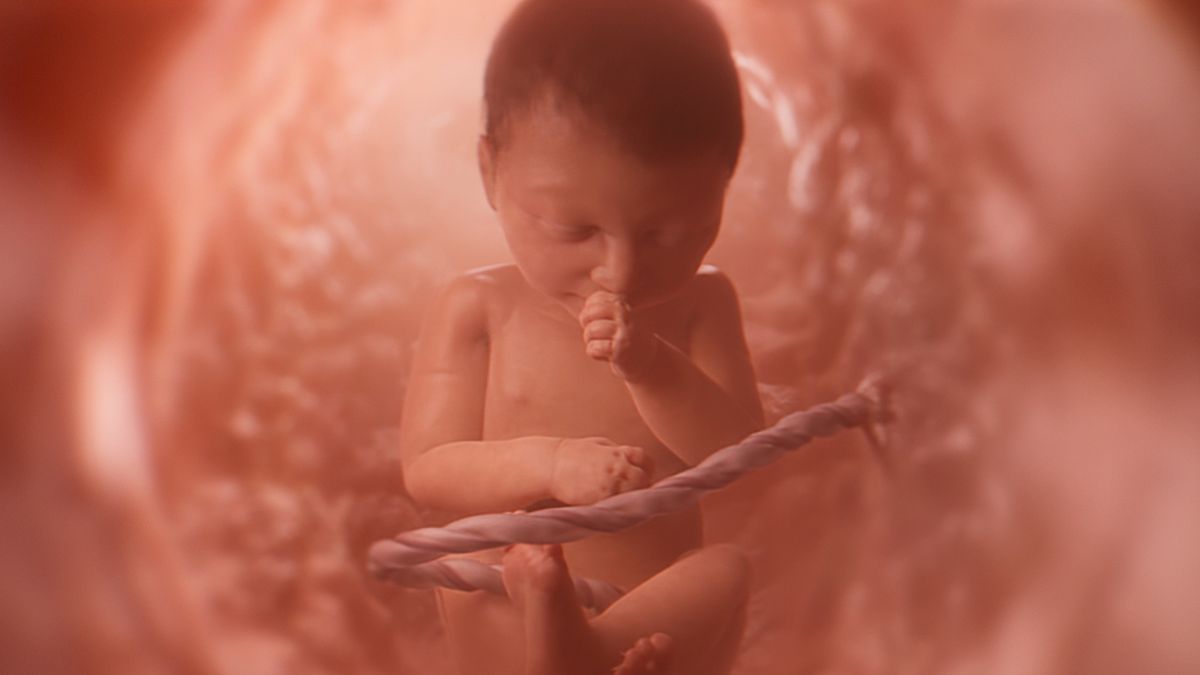

BreakPoint
The Moth Myth
The New York Times has finally admitted something that I wrote about three years ago. Alleged evidence that the peppered moth has evolved has been hyped and even fabricated. A recent article titled "Staple of Evolutionary Teaching May Not Be Textbook Case" began as follows: "A leading example of evolution given in biology textbooks has come unglued . . . The case is that of the peppered moth, which [according to textbooks] over . . . a few decades has changed its wing color from pale-peppered to black and back to peppered again in parallel with the rise and fall of industrial pollution." As tree-trunk coloration changed, the story went on, darker moths and lighter moths gained and lost camouflage, and hungry birds changed their dietary habits. As the Times reported, "This account became an instant hit with Darwinian advocates . . . For generations of biologists reared on the peppered moth story as perfect proof of Darwin's theory, it came as a shock to learn of certain problems the textbooks ignored." The moths in the famous photo were dead-what the Times calls, "ex-moths . . . firmly glued or pinned to their perches" on the trunks of trees. That's because the live peppered moth hardly ever rests on tree trunks. It hides under twigs in the high canopy of trees. The color of the tree trunks made no difference at all to the moths. Yet the moth myth reigned undisturbed since the 1950s, following publication by Oxford University professor Dr. Bernard Kettlewell. How have experts reacted to learning that the peppered moth photos were a hoax? University of Chicago evolutionary biologist Dr. Jerry A. Coyne was shocked-comparing it to determining at age six "that it was my father and not Santa who brought the presents on Christmas Eve." Some claim the photos were honest mistakes and misinterpretations, not a deliberate deception. But Dr. Theodore Sargent of the University of Massachusetts said the experiments placed moths "in an unnatural position, and birds quickly learned they were being served a free lunch in the woods." The artificial situation did not demonstrate natural selection. Kettlewell is deceased and, therefore, not available for comment, but his son David told author Judith Hooper that Kettlewell's supervisor pushed and cajoled his students to produce the results he wanted. No one else has reproduced Kettlewell's results. The article quotes Dr. Jonathan Wells, author of the book Icons of Evolution, as saying, "Part of my gripe with evolutionary biologists is that they make their case sound so much stronger than it really is, and I would prefer to see a good deal more agnosticism"-a willingness to admit we're not nearly as sure about macroevolution as many people claim to be. In February of last year BreakPoint featured Icons of Evolution, in which Dr. Wells analyzed peppered moths and other dubious arguments that evolutionists still use. The New York Times reports renewed research that hopes to resurrect the moths' credibility. The story concludes with the wish that "the moth men's continuing efforts may one day get it ready for evolutionary prime time again." Well, we'll see. Only this time it will require them to do more than glue dead moths on tree trunks. For further information: Nicholas Wade, "Staple of Evolutionary Teaching May Not Be Textbook Case," The New York Times, 18 June 2002, F3. (free registration required) http://www.nytimes.com/2002/06/18/science/life/18MOTH.html Judith Hooper, Of Moths and Men: An Evolutionary Tale (W. W. Norton, August 2002). http://www.wwnorton.com/catalog/spring02/005121.htm Jonathan Wells and Jody F. Sjogren, Icons of Evolution: Science or Myth? Why Much of What We Teach about Evolution Is Wrong (Regnery Publishing, 2002). See especially chapter 7, "Peppered Moths." http://www.parable.com/breakpoint/item.asp?sku=0895262002 There is also a follow-up educational video, "Icons of Evolution." http://www.pfmonline.net/products.taf?_function=d&IC=VCIOE BreakPoint Commentary No. 010202, "Shattering False Icons." http://www.pfmonline.net/transcripts.taf?_function=detail&ID=2155&Site=BPT BreakPoint Commentary No. 020625, "A New Kind of Science?" https://www.breakpoint.org/Breakpoint/ChannelRoot/FeaturesGroup/BreakPointCommentaries/A+New+Kind+of+Science.htm BreakPoint Commentary No. 020508, "Big Mysteries, Tiny Organisms." https://www.breakpoint.org/Breakpoint/ChannelRoot/FeaturesGroup/BreakPointCommentaries/Big+Mysteries+Tiny+Organisms.htm Jonathan Wells, "Ten Questions to Ask Your Biology Teacher about Evolution," Icons of Evolution website, January 2001. http://www.iconsofevolution.com/tools/questions.php3 National Center for Science Education, "Responses to Jonathan Wells's 'Ten Questions to Ask Your Biology Teacher about Evolution'," 28 November 2001. http://www.ncseweb.org/resources/articles/7719_responses_to_jonathan_wells3_11_28_2001.asp Jonathan Wells, "Inherit the Spin: Darwinists Answer 'Ten Questions' with Evasions and Falsehoods," 15 January 2002. http://www.discovery.org/viewDB/index.php3?program=CRSC%20Responses&command=view&id=1106 Learn more about evolution, creation, and intelligent design at the Discovery Institute's website. http://www.discovery.org The IDEA Center provides great information on intelligent design and evolution for students, faculty, and other interested parties-as well as ideas for starting campus chapters. http://www.ideacenter.org
07/25/02















